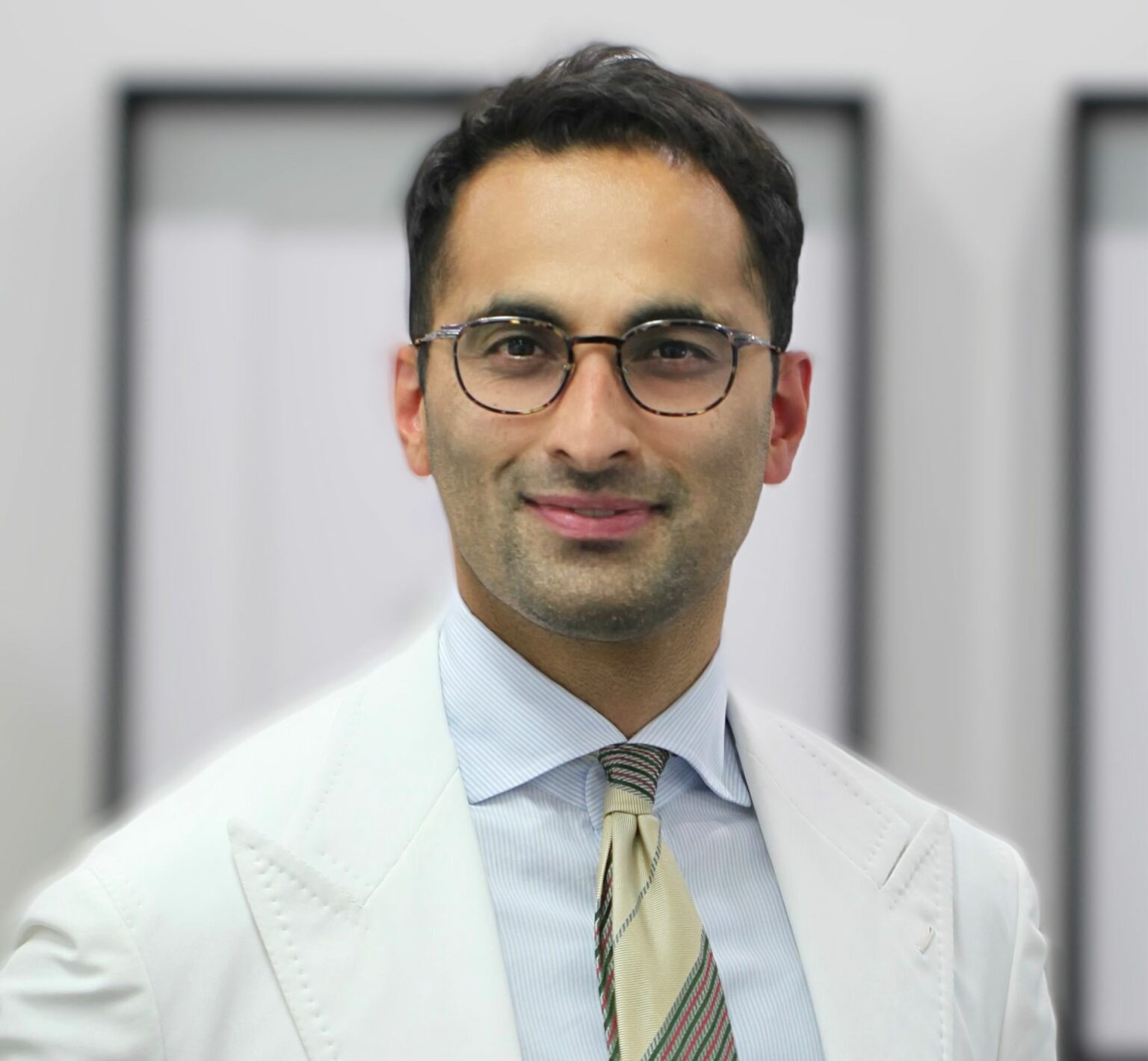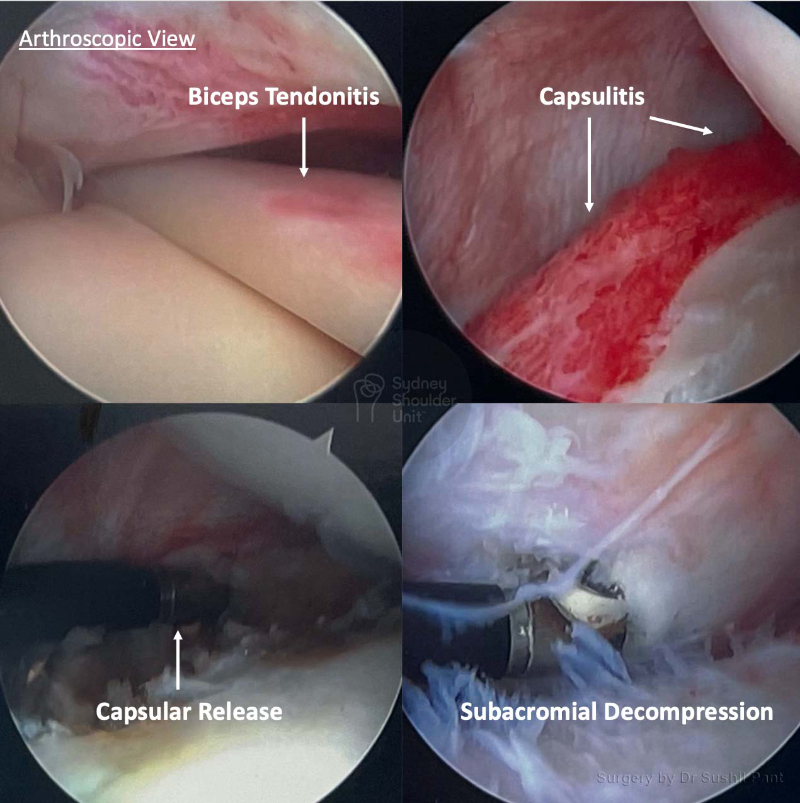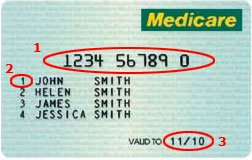There are three essential components to a good outcome from surgery
- Your surgeon
- You as a patient
- Your physiotherapist
Dr Pant utilises the JPL pathway for most patients and this will form the basis of your rehabilitation after surgery.
The JPL pathway allows for self-directed, early passive shoulder range of movement:
- Passive = assisted with your other arm
- Active = you move the affected arm independently
A sling may be worn for up to 6 weeks after your surgery. However, after a frozen shoulder release, Dr Pant will encourage you to come out of the sling as much as possible – to commence immediate physiotherapy and minimise re-scarring (re-freezing) your shoulder joint capsule.
Driving after shoulder surgery
- After shoulder surgery, you will be in a sling and you may be unable to drive for at least 6 weeks
- This does vary depending on the complexity of your surgery and the patient. Some patients may be able to drive at 2-4 weeks, and some may not be able to drive for the full 12 weeks. This will be individualised to your situation.
Showering and getting dressed after shoulder surgery:
- You may take the sling off to shower
- Lean forward and allow your arm to “dangle” to wash under your arms
- The dressings applied are waterproof and you may shower with them on
- Usually, before you are discharged from Hospital, your dressings are changed after your morning shower.
- These “new” dressings are then kept intact until your review at 10-14 days
- When getting dressed, you may use your good arm to move your affected (operated arm) to place your arms through the sleeves carefully
Sleeping after Shoulder Surgery
- Most patients find it difficult to lie flat after shoulder surgery.
- Consider using a few pillows to prop yourself up and sleep at a slight incline; this may be necessary for 4-6 weeks after surgery. You should keep your sling on while asleep.
Elbow and hand movement after shoulder surgery
- Keep your elbow and hands joints moving and supple for the duration of time you are in the sling. The best time to move your elbow (into full extension and flexion) is when you are in the shower, just out of the shower and about to get dressed.


